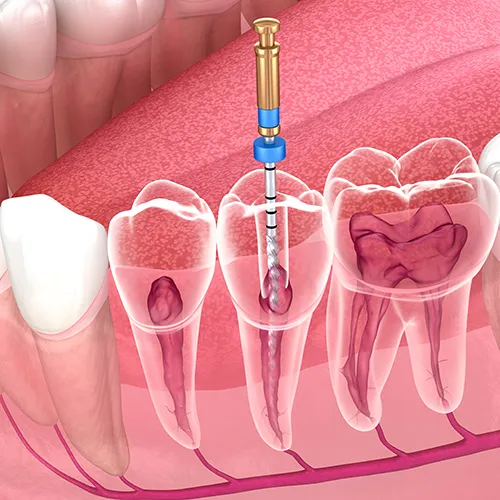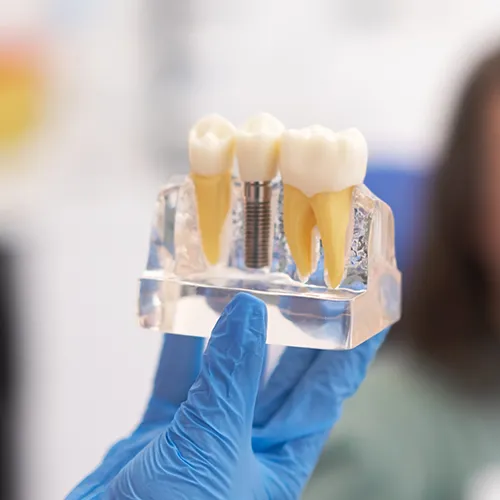Restorative Dentistry
Why Is an Endodontist Different fron a Dentist?
Endodontists and dentists are generally dental care professionals. All endodontists are considered dentists, but less than three percent of dentists are endodontists.
Endodontists have additional training to perform procedures related to the interior tooth, for example, treatments aimed at removing the damaged dental pulp to address tooth disease or gum inflammation. With that said, here are some of the things that differentiate an endodontist from a dentist.
Endodontists are specialists in the dental field who have undergone additional training for two or more years. Before specializing in endodontics, you should complete a four-year course in a dental school.
Therefore, to be an endodontist, you should have advanced education. The scope of the endodontics specialty means that you can diagnose dental pulp diseases and treat them appropriately.
Dentists, however, only undergo simple training, which means that they can’t complete procedures related to traumatic tooth injury. Instead, dentists can prepare the tooth crowns and caps after the root canal procedure has been done by an endodontist.
Endodontists have limited expertise. Therefore, they only practice treating dental pulp problems. General dentists can only perform two root canal treatments per week, but the endodontist can do more than 25 root canal procedures within the same period.
In addition, endodontists focus on diagnosing, investigating and treating pain. They are skilled personnel who help other dental professionals identify the cause of facial and oral pain that is difficult to diagnose.
Endodontists are pain management experts. They use specialized methods to offer ultimate comfort and relief to the patient during their treatment period. They administer numbing medications, particularly for patients who have a problem getting or staying numb.
Apart from ensuring that the patients are comfortable and free from tooth pain, endodontists will also do the root canal procedure and ensure that the client is free from pulp inflammation or infection. Pain medications are offered for a good recovery time after the procedure.
Endodontists have sophisticated equipment and materials that make the treatment process easy, successful and comfortable. A dental dam is used to isolate the affected teeth. Therefore, the tiny rubber or plastic sheet is crucial in protecting the rest of the teeth from being damaged by the operating endodontist.
An endodontist uses 3D imaging techniques and radiographs to capture detailed images of the tiny tooth anatomy. Imaging technologies enable them to better visualize the root canal and other surrounding structures.
The root canal spaces are too small to see clearly with the naked eye. Therefore, endodontists use operating microscopes to view the small anatomical structures and operate effectively.
Root canal treatment is a procedure that involves the removal of the tooth centers called the pulp. Pulp contents include connective tissues, blood vessels and nerves. Endodontists or dentists treat root canal problems with local anesthesia.
The procedure is done only when the pulp is inflamed or infected. Antibiotics are crucial before and after the operation. The root canal treatment is performed to prevent your teeth from undergoing complete destruction or forming a dental abscess due to infection.
Unfortunately, dentists prefer not to perform the procedure because it can increase the degree of pulp infection, it’s painful, the infection can spread to the gums and it’s also cost-effective. Luckily, it is a lifesaving option if done by a specialized and experienced person despite the huge costs.





















